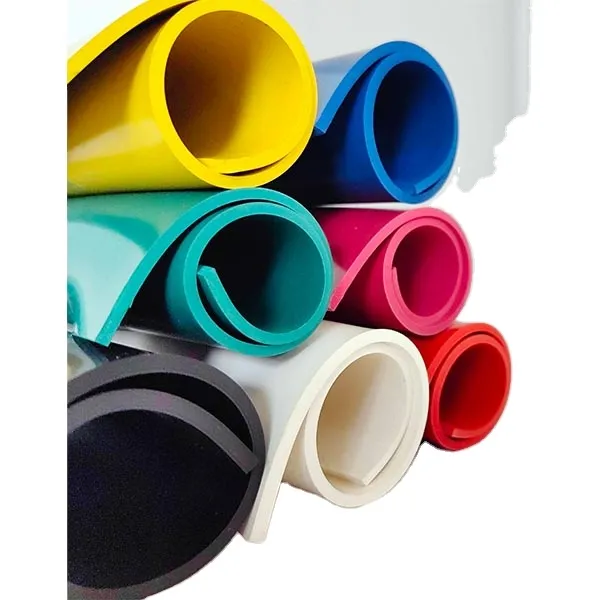entry door weather stripping
Understanding Entry Door Weather Stripping
Entry doors play a crucial role in the overall comfort and energy efficiency of a home. One of the best ways to enhance these qualities is by installing weather stripping. Weather stripping is a simple yet effective solution designed to seal gaps around doors and windows, preventing drafts, moisture, and dirt from infiltrating your living space. This article will explore the importance of weather stripping for entry doors, different types available, and how to install it effectively.
The Importance of Weather Stripping
Weather stripping is essential for maintaining a comfortable indoor environment. It helps regulate temperature by preventing heated or cooled air from escaping, which can lead to substantial energy savings and reduce your utility bills. Additionally, proper weather stripping can protect your home from various elements, including rain, snow, and wind. It safeguards against structural damage and can prevent mold growth that results from excessive moisture. Moreover, effective weather stripping can enhance the acoustics of your home by reducing outside noise, creating a quieter, more restful living space.
Types of Weather Stripping
There are several types of weather stripping materials, each with unique characteristics suited for different applications
1. V-Seal Weather Stripping This is a flexible material shaped like a V that can be adhered to the sides of the door or window frame. It is particularly effective for sealing gaps as it compresses when the door closes, creating a tight seal.
2. Felt Weather Stripping Typically made from wool or synthetic fibers, felt weather stripping is easy to install but may wear out faster than other types. It is best used for doors that are not opened frequently.
3. Rubber or Vinyl Weather Stripping These materials are durable and resistant to wear and tear, making them ideal for entry doors. They offer excellent insulation and can effectively withstand changing weather conditions.
4. Foam Weather Stripping This type is self-adhesive and can easily be cut to fit various door sizes. It is particularly effective for sealing out drafts, but it may not be as durable as rubber or vinyl.
5. Metal Weather Stripping Often used in commercial settings or for heavy-duty doors, metal weather stripping provides robust protection against air infiltration and is long-lasting.
entry door weather stripping

How to Install Weather Stripping
Proper installation of weather stripping is key to its effectiveness. Here’s a step-by-step guide
1. Measure the Gaps Before purchasing weather stripping, measure the gaps around your door. Use a ruler or a measuring tape to quantify the width and height of the door frame.
2. Choose the Right Material Based on your measurements and the type of door, select the weather stripping material that best suits your needs. Consider factors such as durability, ease of installation, and insulation properties.
3. Clean the Surface Before applying the weather stripping, clean the door frame thoroughly to ensure proper adhesion. Remove any old weather stripping and wipe down the area with a damp cloth.
4. Cut to Length Cut the weather stripping to the appropriate lengths for each section of the door frame. Make sure to account for corners and curves.
5. Apply the Weather Stripping Most adhesive-backed weather stripping can be pressed directly onto the frame. For other types, use staples or nails to secure them in place.
6. Check the Seal After installation, close the door and check for any drafts. You may need to make adjustments to ensure a perfect fit.
Conclusion
Investing in quality entry door weather stripping is a wise decision for homeowners looking to improve energy efficiency, comfort, and protection from the elements. By understanding the different types of weather stripping and following proper installation techniques, you can effectively seal your entry doors and create a welcoming environment year-round. With the right materials and installation, you’ll not only enhance your home’s overall performance but also contribute to long-term savings on energy costs. Remember, a well-sealed door is the first line of defense against the outside environment!
-
Under Door Draught Stopper: Essential ProtectionNewsJul.31,2025
-
Garage Door Seal and Weatherstrips for ProtectionNewsJul.31,2025
-
Edge Banding Tape for Perfect EdgesNewsJul.31,2025
-
Table Corner Guards and Wall Corner ProtectorsNewsJul.31,2025
-
Stair Nose Edging Trim and Tile Stair SolutionsNewsJul.31,2025
-
Truck Bed Rubber Mats for Pickup BedsNewsJul.31,2025
-
Window Weather Stripping for Noise ReductionNewsJul.29,2025